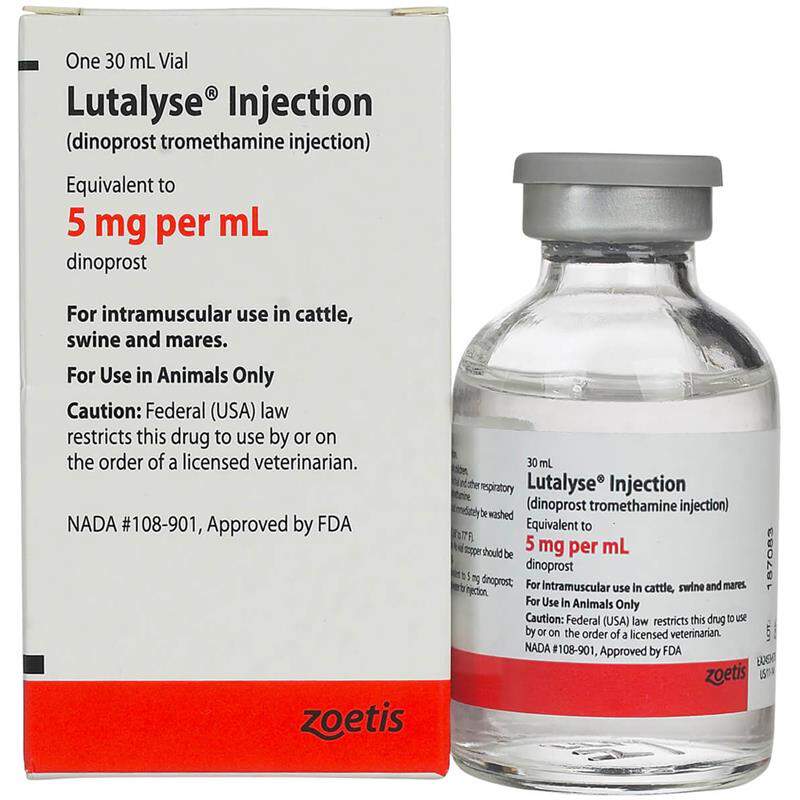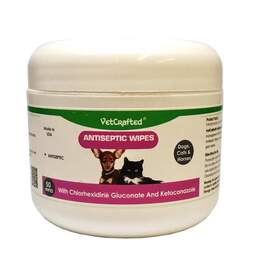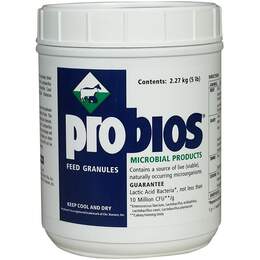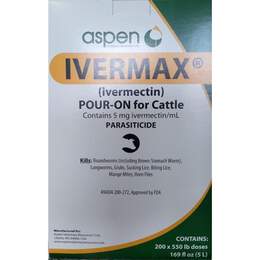Click on image to open expanded view
Item No.
25107
Product Description
Lutalyse is a luteolytic drug that is beneficial to both mares and cattle. It's also used to induce parturition in pigs.
Who is Lutalyse for?
Swine, horses and livestock.
Why use Lutalyse?
On cattle and mares, Sterile Water for Injection has a luteolytic action. It causes parturition in pigs.
How does Lutalyse work?
Dinoprost tromethamine is a compound that heals chronic endometriosis (pyometra), silent (unobserved) estrus, and synchronizes estrus in cattle. It causes parturition in pigs and produces abortion in non-lactating cattle or feedlot animals. It can be used to regulate estrous timing in in estrous cycling mares or clinically anestrous mares with a corpeus luteum.
Manufacturer:
Zoetis
Active Ingredients(s):
Each mL contains dinoprost tromethamine equivalent to 5 mg dinoprost: also, benzyl alcohol, 9.45 mg added as preservative.
How is Lutalyse sold?
-30 ml -100 ml
What are the side effects of Lutalyse?
In cattle, the most common adverse reaction is limited salivation. In swine treated with a 100 mg dose, potential adverse reactions include: Erythema Pruritus Slight incoordination Nesting behavior Itching Defecation Abdominal muscle spasms Tail movements Hyperpnea Dyspnea Increased vocalization Salivation Typically, these responses are non-severe and disappear within 10 minutes to 3 hours. In mares, potential adverse reactions include: Increased heart rate Increased respiration rate Abdominal discomfort Locomotor incoordination Lying down Decreased rectal temperature Sweating Typically, these responses take place within 15 minutes of treatment and disappear within one hour. Allow the mare to continue eating, even if he or she is having a reaction. A study of hundreds of mares treated with Lutalyse showed one unsubstantiated report of an anaphylactic response.
What special precautions are there?
Before injecting mares, determine their pregnancy status. This medicine has the potential to cause parturition and/or abortion. This drug should not be administered to mares who have a subacute or acute reproductive tract, respiratory, gastrointestinal, or vascular disease. At the first evidence of infection at the injection site, whether diffuse or localized, start a vigorous course of antibiotic therapy. Do not use intravenous administration. When an NSAID is taken at the same time, prostaglandin production may be reduced. Never combine this medication with another NSAID. If abortion is intended, do not use in pregnant cattle. Progestin-treated cattle will have a reduced reaction to the drug. Do not give to sows or gilts until 3 days before expected normal farrowing. Stillbirths or postnatal death are possible outcomes. When given to a mare before the fifth day following ovulation, this injection is unsuccessful. It is possible to develop serious localized clostridial infections, which can lead to death. Do not use in animals that will be consumed by humans. Drug residues can arise when supplied in excess of the recommended dose. Prior to swine slaughter, no withdrawal time is necessary. For cattle, there are no mandatory milk discard or pre-slaughter withdrawal requirements. Keep out of children's reach. When handling this medication, women of reproductive age, those with asthma, and people with bronchial or respiratory disorders should exercise great caution. In the early stages of pregnancy, women may be ignorant of their pregnancy. This medicine can cause abortion and/or bronchospasm since it is quickly absorbed via the skin. Any skin spills should be washed away with soap and water. You can contact the FDA for additional information about reporting adverse effects in animal medications by calling 1-888-FDA-VETS or visiting http://www.fda.gov/AnimalVeterinary/SafetyHealth. Contact Zoetis, Inc. at 1-888-963-8471 to report an adverse reaction, for technical assistance, or to request a copy of the safety data sheet (SDS).
What to do if overdose?
If overdose occurs, please contact your local pet hospital or emergency pet clinic immediately.
How can I store Lutalyse?
Keep in a dry environment at room temperature between 68-77° F. See USP.
Overview
Use as prescribed by your veterinarian.
Main Ingredients
Each mL contains dinoprost tromethamine equivalent to 5 mg dinoprost: also, benzyl alcohol, 9.45 mg added as preservative.







